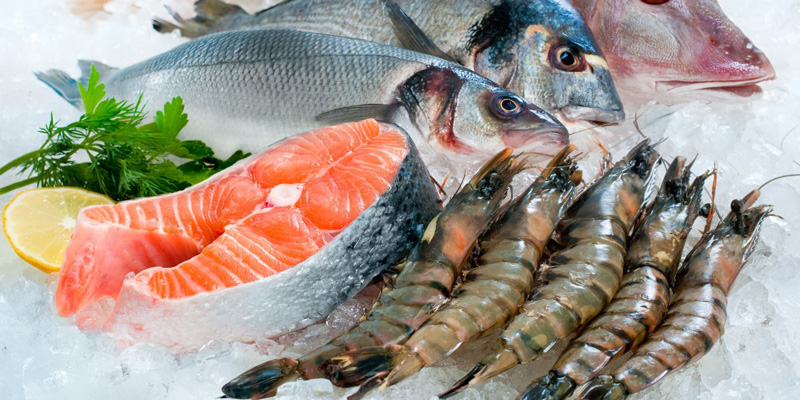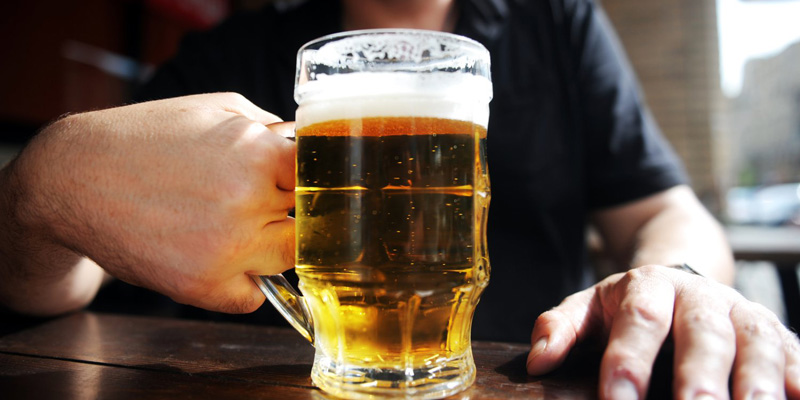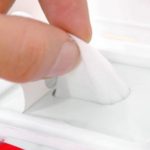1 Is it True that Eating Calcium-rich Foods Increases the Risk of Kidney Stones?

It is a common misconception that individuals with kidney stones should avoid calcium-rich foods such as shrimp, crab, eggs, and milk. However, doing so can lead to a significant calcium deficiency in the body.
According to research conducted by American scientists, those who consume calcium-rich foods are less likely to develop kidney stones compared to those who avoid them. This is because extreme restriction can disrupt the body’s calcium absorption, leading to increased oxalate absorption from the intestines and subsequent kidney stone formation.
Additionally, avoiding calcium-rich foods can increase the risk of osteoporosis and worsen kidney stone disease.
2 Can I Drink Alcohol if I Have Kidney Stones?

While it is recommended to avoid excessive shrimp and crab consumption when dealing with kidney stones, you may be wondering if it’s okay to drink alcohol. The answer is yes, as drinking beer can increase urine production and help prevent kidney stones. However, it is important not to overindulge or mix alcohol and beer together.
It is advisable to limit your intake to 1-2 small glasses of wine or one can of beer per day to aid in the healing process.
3 How to Prevent Kidney Stones?
To reduce the risk of kidney stones, it is advisable to limit your consumption of oxalate-rich foods such as chocolate, tea, and almonds. Additionally, it is best to avoid excessive protein intake, especially for those with gout, as it can increase uric acid levels in the blood and lead to stone formation.
Eating too much salt can also increase calcium levels in the blood and urine, so it is recommended to limit your salt intake to 2 grams per day to protect your kidneys.

It is beneficial to incorporate citrate-rich foods like oranges, lemons, grapefruit, and tomatoes into your diet, as they effectively prevent kidney stones. Dairy products can be consumed, but it is important to mix them with water at temperatures below 50 degrees Celsius. Regular medical check-ups are also recommended to monitor calcium levels in the blood.
Staying hydrated is crucial for individuals with kidney stones. Aim for at least 2 liters of water daily, and consider incorporating exercise into your routine while avoiding late nights to reduce the likelihood of stone formation.
For further guidance: Diet for Kidney Stone Patients
In summary, while eating large amounts of shrimp and crab does not increase the risk of kidney stones, maintaining a balanced diet is always advisable. Take care and stay healthy!
You may also be interested in:
How to Easily Get Rid of Adhesive Stains on Plastic Items
Are you having trouble getting rid of those pesky adhesive marks left behind by plastic? Have you been searching for an easy and efficient way to do so? Well, your search may be over! In this article, we will provide you with three simple and highly effective solutions for removing plastic from adhesive marks.






































